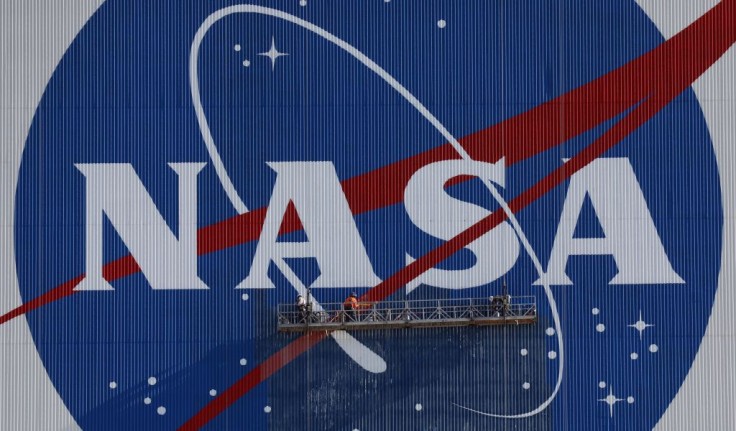
The month of November will bear witness to some awesome celestial events again, and those who love to do some skywatching are surely in for a treat. After all, the Moon gliding, Jupiter and Saturn dating, as well as the Winter stars returning are all in play.
Lucky for everyone, NASA has released a guide to let skywatchers know exactly where to look and when!
NASA Skywatching Guide for November 2021
NASA has released a skywatching guide for the month of November, which highlights a partial lunar eclipse, return of the Winter stars and the Sunset planets.
- November 6 up to November 11: Skywatchers must watch the Moon glide over the planets Venus, Jupiter, and Saturn after the sunset in the south or southwest from November 6 to 11. For instance, if skywatchers look outside on November 7, the four-day-old crescent Moon will appear just about two degrees away from the planet Venus.
- November 4 up to early December: The planets Saturn and Jupiter will be moving closer to Venus each night. This only means that people should look in the skies every night to witness the movements of these planets.
- November 18 and 19: When the Moon passes through the shadow of the Earth for a few hours, a partial lunar eclipse will occur, which is also something to look forward to on the stated dates. In addition to this, the said eclipse will be visible from any location where the Moon appears above the horizon during the eclipse. NASA added that the partial lunar eclipse will occur earlier or later in the evening, depending on the time zone.
Moreover, the countries that will be able to observe the said eclipse includes North and South America, Eastern Asia, Australia and the Pacific Region.
For U.S. East Coast eclipse watchers, they should start looking at the skies starting at 2 a.m. reaching the maximum time of 4 a.m. While for those on the West Coast, a partial lunar eclipse will peak shortly after 11 p.m. until the maximum time of 1 a.m. However, people should still check the timing of its visibility for their area.
Return of the Winter Stars
Aside from the partial lunar eclipse that is part of the NASA skywatching guide, it is also worth noting that the Northern winter stars have returned, rising late at night which appears in the south before sunrise.
For those who are not familiar with the Northern winter stars, it composes of the constellations Auriga, Canis Major, Canis Minor, Carina, Eridanus, Gemini, Monoceros, Orion and Taurus, per Constellation Guide.
Moreover, the Pleiades star cluster, which leads the constellations Taurus and Orion, is followed by Sirius, which is known as the brightest star in the sky. These stars are returning for the long winter evenings in the Northern Hemisphere.
In addition to the Pleiades star, this star is the location of the eight asteroids that NASA's Lucy expedition will visit. To give clarification to NASA Lucy's mission to Trojan asteroids, Lucy will be able to prove some theories about the early solar system. Apart from proving theories, Lucy is claimed to be the first spacecraft to explore the collection of asteroids.









